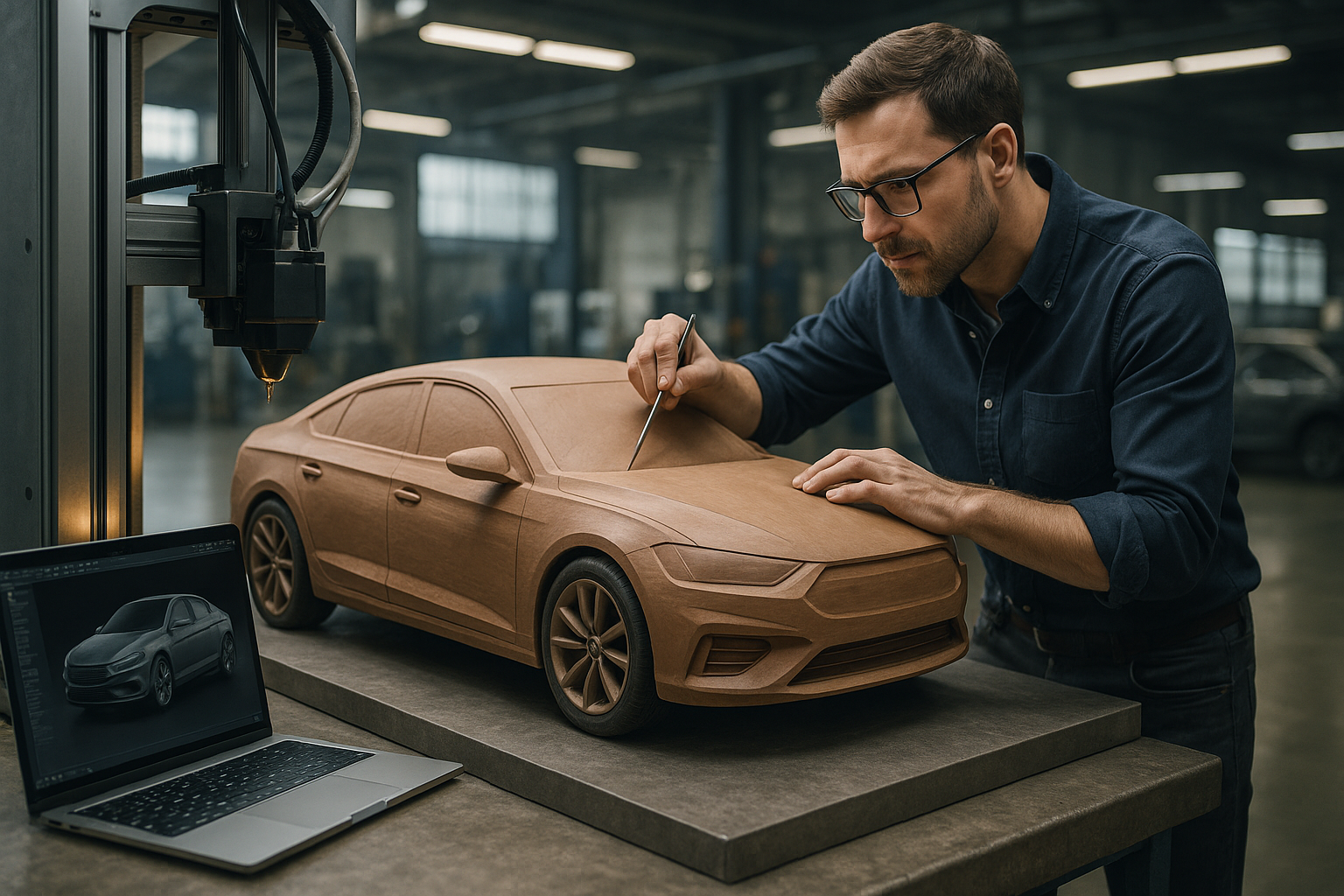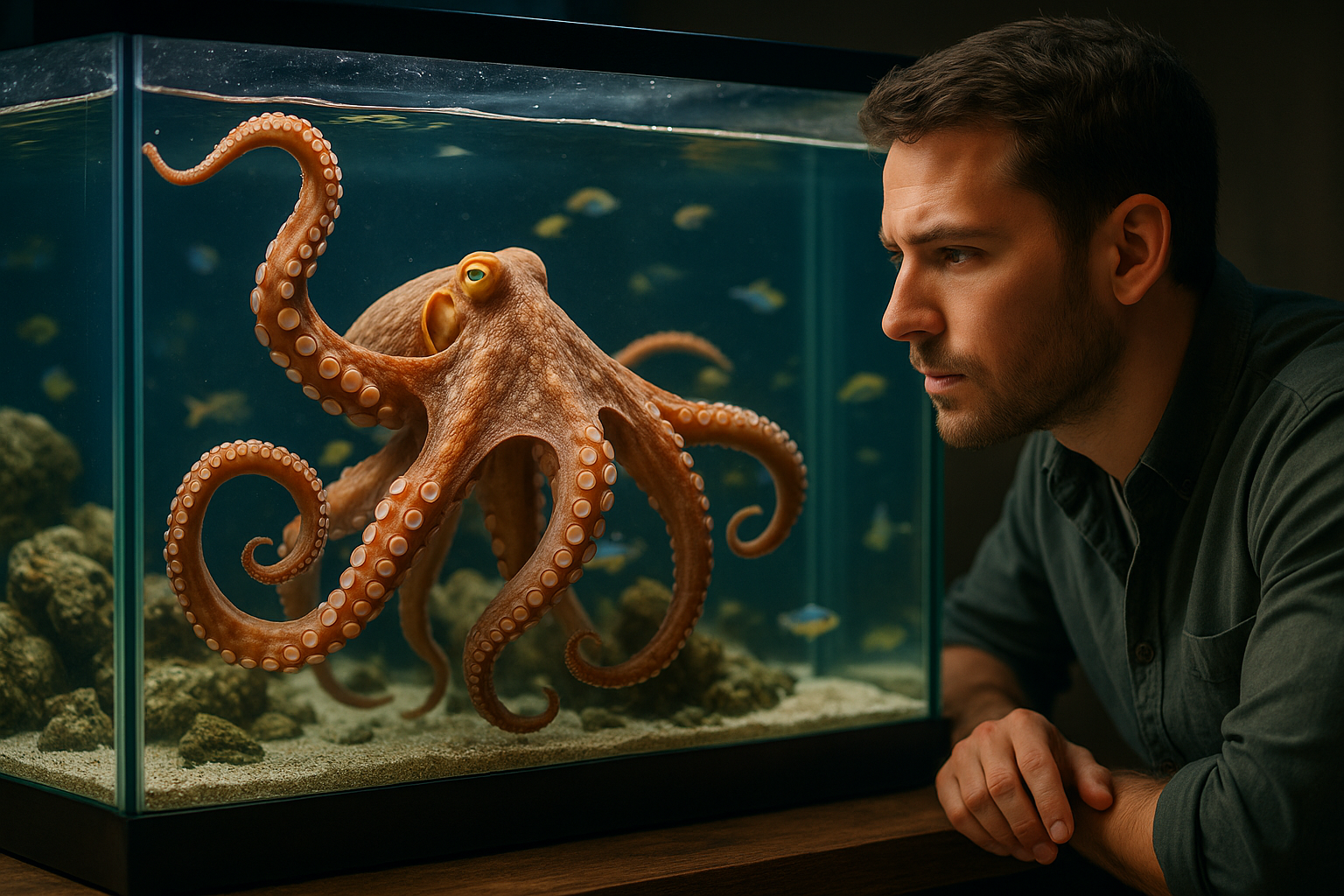From Concept to Reality: The Intricacies of Automotive Prototyping
Introduction: Delve into the captivating world of automotive prototyping. This article will take you on an exhilarating journey that begins with a concept and culminates in a tangible, road-ready machine. Every car begins its journey as a mere concept, a spark of creativity in an automotive designer's mind. These initial inklings give birth to an array of sketches and digital renderings, depicting the future vehicle from every conceivable angle. Key features such as aesthetics, aerodynamics, and ergonomics are taken into account during this stage. The challenge lies in blending form with function, a delicate balance that determines a vehicle's appeal and performance.

From Paper to Pixels: CAD Modelling
Once a design is finalized, it enters the realm of Computer-Aided Design (CAD) modelling. Engineers use advanced software to create intricate digital models of the intended vehicle. This stage allows for a thorough examination of the vehicle’s design, right down to the minutest detail. Moreover, CAD models enable automotive engineers to foresee and rectify potential issues before they become costly problems during physical production.
Crafting Reality: Clay Modelling and Rapid Prototyping
Despite the digital revolution, clay modelling remains a crucial step in automotive prototyping. Full-scale clay models provide a tangible representation of the car, allowing designers and engineers to evaluate and refine the design. Rapid prototyping technologies, such as 3D printing, have also gained prominence, offering the ability to create accurate parts quickly and cost-effectively for evaluation and testing.
Testing the Waters: Virtual and Physical Testing
Upon the completion of a prototype, it undergoes rigorous testing. Virtual tests assess parameters like structural integrity, crashworthiness, and aerodynamic efficiency. Physical tests, on the other hand, involve testing the prototype on various terrains and under different climatic conditions. The aim is to ensure that the vehicle delivers optimal performance and meets all safety standards.
Fine-Tuning: Feedback Loop and Reiterations
Feedback is the fuel that drives the prototyping process forward. Insights gained from virtual and physical tests feed back into design and engineering, leading to iterative improvements. This loop continues until the prototype meets all the predetermined specifications and is ready for mass production.
In conclusion, automotive prototyping is a fascinating process that combines art, science, technology, and innovation. It’s an intricate journey that transforms a designer’s vision into a road-worthy reality. This process not only shapes the cars of today but also the future of automotive design and engineering. Despite the challenges involved, the result is a marvel of modern engineering that continues to captivate and inspire.




